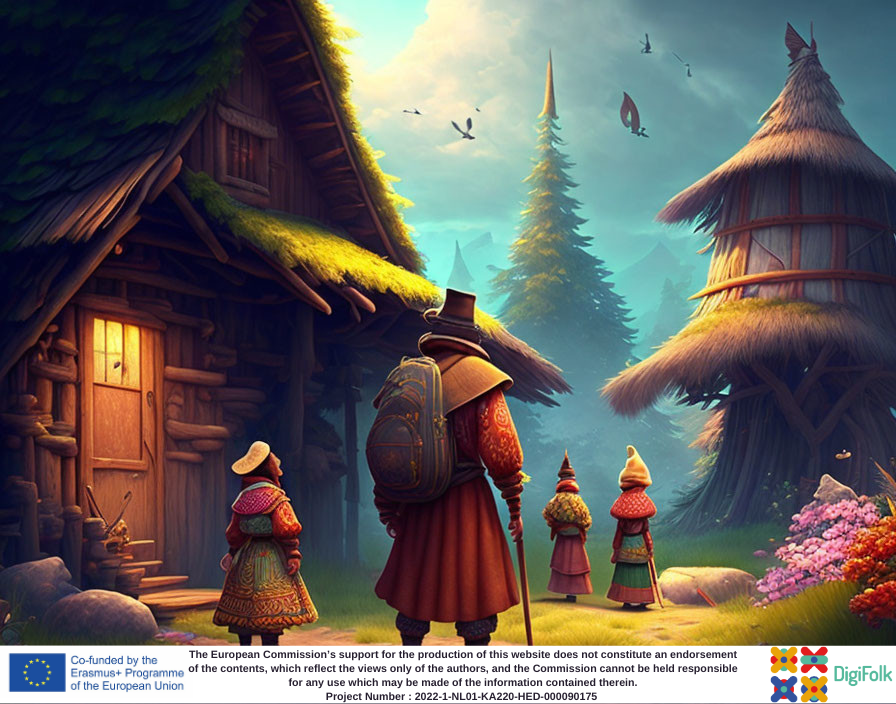
Monsters, Memes, and Internet Myths: Reflecting Society’s Soul
In the vast expanse of the internet, a digital menagerie thrives, comprising monsters, memes, internet urban legends, conspiracies, and viral crazes. While each of these elements may seem distinct, they all share a fascinating commonality: they hold up a mirror to the society from which they emerge.
Monsters, in the digital realm, take on new forms. They’re not the mythical creatures of yore but rather the personifications of our fears and anxieties. From Slender Man to the Momo challenge, these online creations are the modern incarnations of age-old nightmares. They serve as a reflection of our contemporary fears, be it the fear of the unknown or the fear of the uncontrollable.
Memes, on the other hand, are society’s comedic mirror. They encapsulate societal trends, absurdities, and quirks. A meme’s popularity hinges on its ability to resonate with the masses. Whether it’s a cultural reference or a shared experience, memes are a testament to our collective sense of humor and shared consciousness.
Internet urban legends and conspiracies delve into the darkest corners of human imagination. They reflect a society’s capacity for intrigue, skepticism, and the desire to unearth hidden truths. These stories provide insight into the suspicions and uncertainties that linger beneath the surface of our daily lives.
Viral crazes, such as dance challenges or fads like the ice bucket challenge, showcase the power of collective action and shared goals. They reflect our innate desire to belong, to make a difference, or simply to participate in something larger than ourselves.
In essence, these online phenomena are a testament to the ever-evolving nature of our society. They serve as a digital cultural barometer, capturing the collective consciousness and zeitgeist of the moment. They reflect our fears, humor, curiosity, and our ability to unite for a common cause. In the world of monsters, memes, internet urban legends, conspiracies, and viral crazes, we see a reflection of ourselves, both as individuals and as a society. It’s a reminder that the internet isn’t just a tool; it’s a living, breathing, and constantly evolving entity that mirrors our own hopes, fears, and aspirations, in ways that are as diverse as the world it connects.
References:
- Shifman, L. (2013). Memes in digital culture. MIT Press.
- Kinsella, J. (2016). Slender Man is watching: How does Internet folklore inform the mythology of new monsters in the digital age? In The Age of Analogy: Science and Literature between the Darwins (pp. 223-242). Springer.
- Stryker, C. (2018). Monster manual: Internet memes, viral video, and the story of Slender Man. University of Texas Press.
- Davis, E. (2016). TechGnosis: Myth, Magic, and Mysticism in the Age of Information. North Atlantic Books.
- Mathews, J. (2017). Memes of microaggressions: Expressions of racial microaggressions in photo memes. Symbolic Interaction, 40(3), 331-351.
Evropska komisija podržala je kreiranje ove internet stranice, ali nije odgovorna za njen sadržaj, koji izražava isključivo stavove autora. Komisija nije odgovorna za korišćenje informacija prezentovanih na internet stranici.
Avrupa Komisyonu'nun bu web sitesinin hazırlanmasına verdiği destek, sadece yazarların görüşlerini yansıtan içeriklerin onaylandığı anlamına gelmez ve Komisyon burada yer alan bilgilerin herhangi bir şekilde kullanılmasından sorumlu tutulamaz.
The European Commission’s support for the production of this website does not constitute an endorsement of the contents, which reflect the views only of the authors, and the Commission cannot be held responsible for any use which may be made of the information contained therein.
Η υποστήριξη της Ευρωπαϊκής Επιτροπής για την παραγωγή του παρόντος δικτυακού τόπου δεν συνιστά έγκριση του περιεχομένου, το οποίο αντανακλά τις απόψεις μόνο των συντακτών, και η Επιτροπή δεν μπορεί να θεωρηθεί υπεύθυνη για οποιαδήποτε χρήση των πληροφοριών που περιέχονται σε αυτόν.
De steun van de Europese Commissie voor de productie van deze publicatie houdt geen goedkeuring van de inhoud in die alleen de mening van de auteurs weerspiegelt, en de Commissie kan niet verantwoordelijk worden gehouden voor enig gebruik dat van de informatie in deze publicatie wordt gemaakt.
Project Number: 2022-1-NL01-KA220-HED-000090175